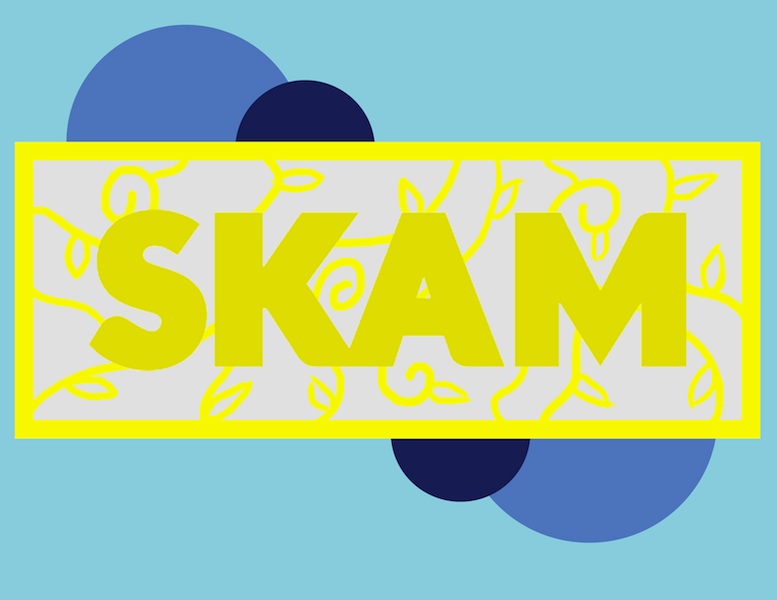The New Era of Teenage Drama
March 3, 2017
The Norwegian television series “Skam’” follows the life of a group of friends balancing school, sexuality, and religion. Now going into its fourth season, this true-to-life hit series has sparked lots of buzz on social media.
Skam, which translates to “shame,” features a new central character each season. The show is most famous for its real-time release and its interaction with the viewers. Characters even have their own instagram profiles and posts as if they were a real teenager. While the show is airing, fans can follow and keep updated on what the character would be doing when not on screen.
Episodes are uploaded by parts online, in real Norwegian time. For example, if the characters were to go to a party on Saturday night, the episode would be uploaded at the exact time they get to the party. At the end of the week, all released parts are compiled into one complete episode.
The show has frequently been compared to Skins, a British teen drama that started in 2007, mainly because of its “teenage dilemma” plotline. Similarly, episodes from Skin feature a main character each episode, while in Skam, there is a main character for each season. However, Skam is quite the opposite of what Skins has initially projected as “teen life.”
Skam presents a much more realistic portrayal of teenage life in Norway, an experience that is very similar to highschool students in the States. The show touches up on topics that are relatable to almost anyone, ranging from the struggles of school and friendship to the classic theme of finding your identity.
Its popularity also arose during the airing of season 3, the main character being a boy struggling with homosexuality and his journey to accepting himself. In addition to the exploration of this topic, the show delves into a separate topic of bipolar illness combined with the character’s teenage experience.
The show also features music that many teens know, such as artists Kanye West, Beyonce, The Weeknd, and many other artists that have made up a majority of our teenage years. The frequent pop culture references also make the show just that more enjoyable.
Overall, Skam’s originality blossoms from the topics that many other television shows hesitate to discuss. It embodies relatability within teenage life and creates a wholesome representation of everyday experiences that are faced by today’s youth.


